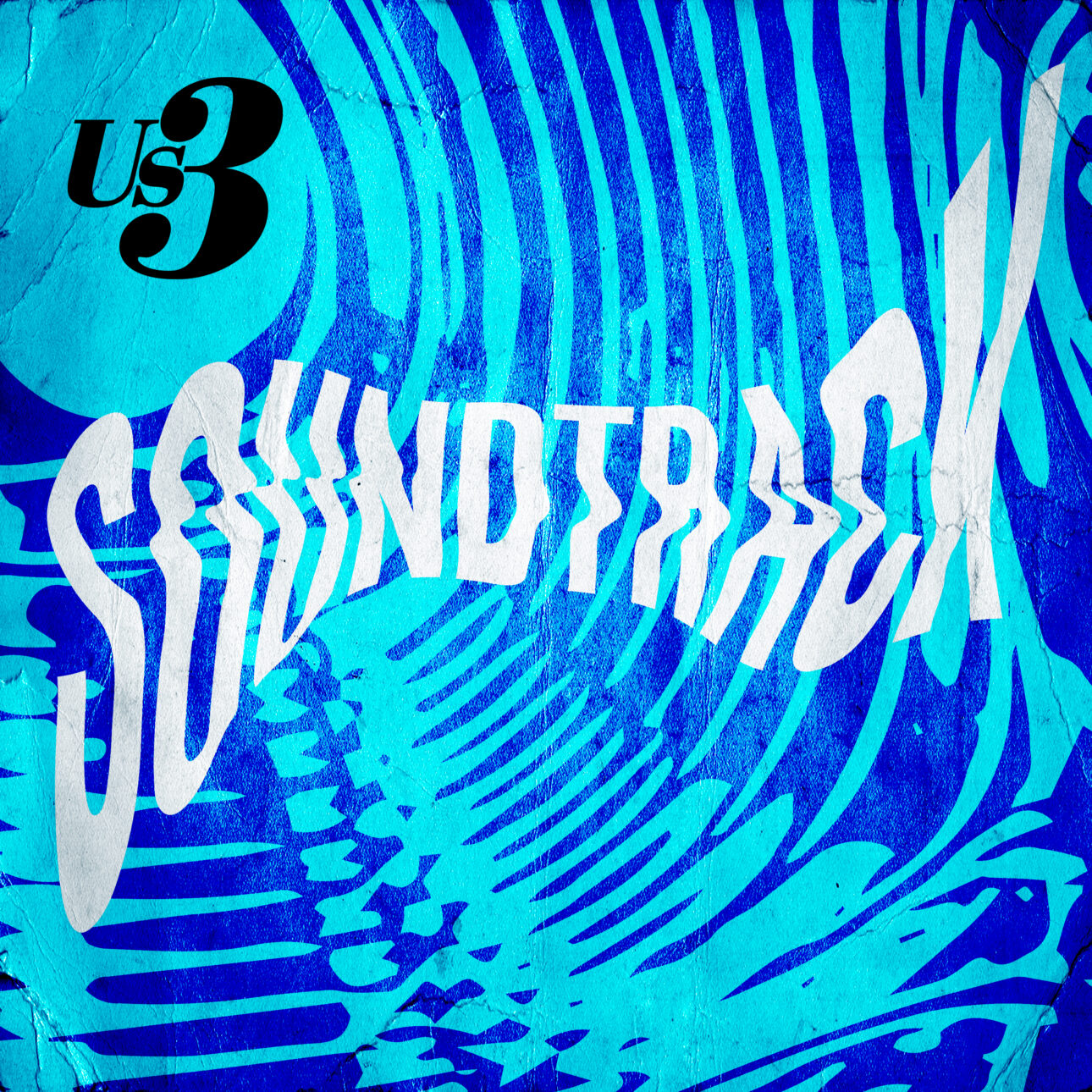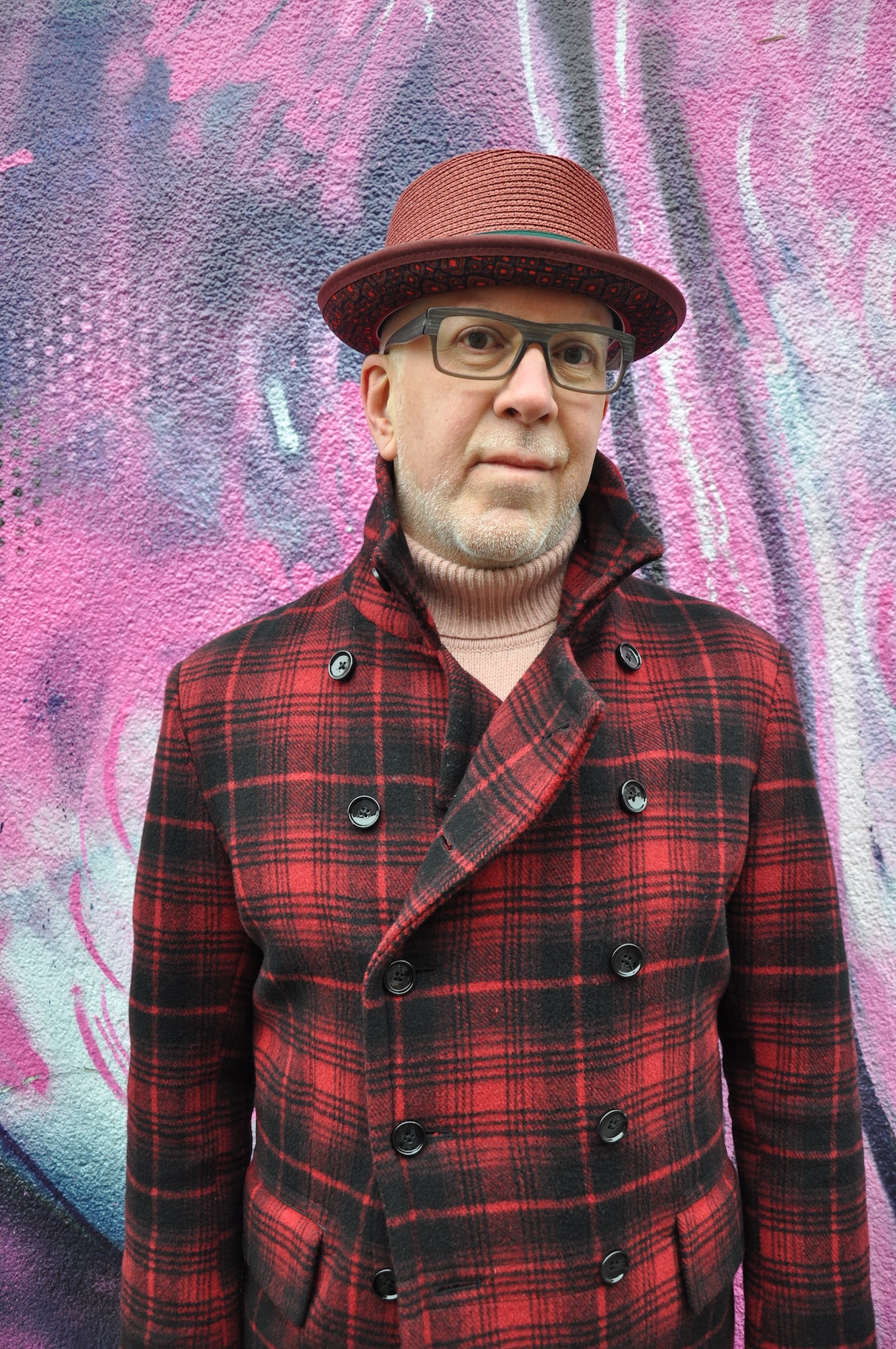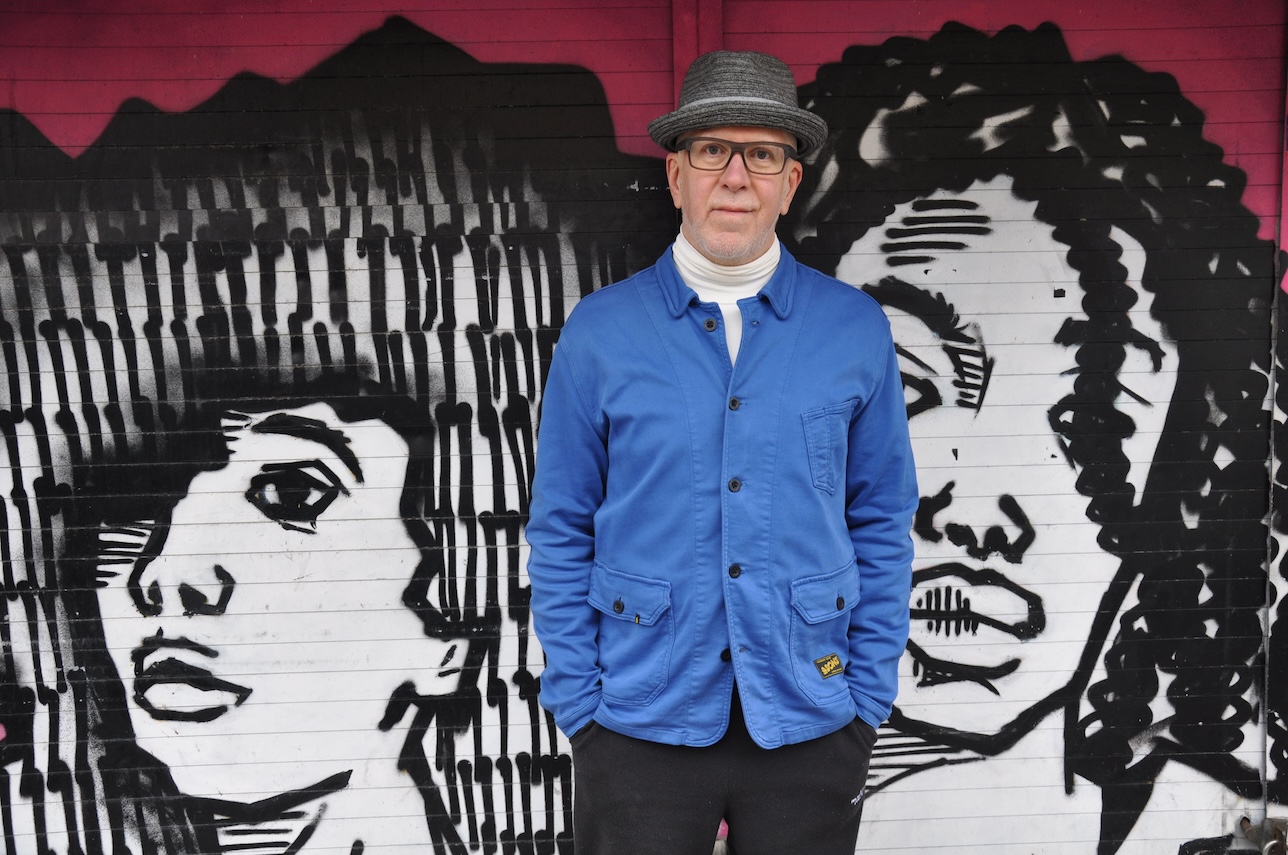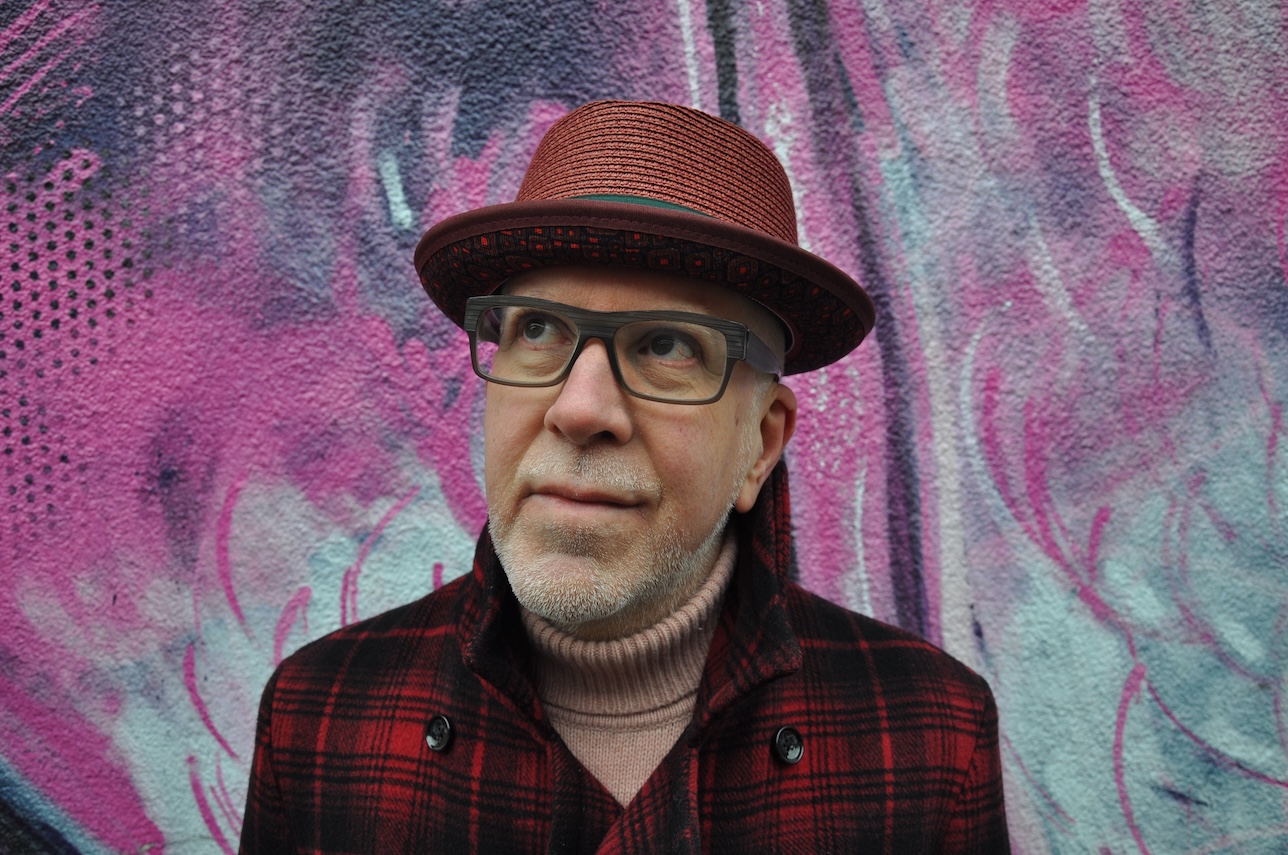There is a long history of artists coming back from oblivion after long periods of silence: Bowie, Miles Davis, My Bloody Valentine, and ABBA, among them. That doesn’t mean it’s easy. And when Us3 mastermind Geoff Wilkinson suffered a devastating series of heart attacks in early 2014, he thought his life making music was over.
The physical and mental impact was overwhelming, so he sold everything. The producer who led Us3 to a platinum album debut and a U.S. Top 10 single with a lively blend of hip-hop and bebop jazz on 1992’s “Cantaloop (Flip Fantasia)” closed his London studio. He parted with all of his recording gear and instruments.
More from Spin:
“I thought I was finished, really,” Wilkinson says now, though his doctors assured him he would recover from the health crisis. And six months later, he inched back into action by pursuing a new career quietly creating music for licensing to film, television, and advertising, but Us3 was kept on the shelf until now.
On August 22, Us3 return with Soundtrack, the project’s first album since 2013, an eternity in the music business. This time, the record is virtually an all-instrumental collection, minus the rap vocals that were once a prominent part of the Us3 sound. The album’s next single is “Resist the Rat Race,” a noirish blend of piano melody, swirling horns, and trap beats, set for release June 20.
“This is still a combination of hip-hop and jazz and new material. It’s just done in a different way,” says Wilkinson, who hopes Us3’s previous audience of young hip-hop fanatics and bearded jazz aficionados come along. “It would be lovely if the audience has stayed with me, but it remains to be seen.”

The album began as a side-project, and it was only when he began mixing the tracks that it felt to him like an Us3 record. In the past, Wilkinson had always allowed Us3 rappers to craft their own rhymes, though he might weigh in with a title on a song. With their words now missing from the mix, Soundtrack became “a bit more personal to me,” he says.
The yearning, smoky “Save Me” is the album’s only vocal track, but it comes from a sample lifted off of an old gospel record, its words and emotional performance chosen as a reflection on the health crisis that nearly killed him. The others are instrumentals fueled by his own feelings and concerns, from the ominous “Footsteps in the Dark” to the melancholic “Long Ride Home.”
Wilkinson’s return with Us3 owes something to these last dozen years focused on building a library of music for film and TV productions. Even before his heart attacks, he’d already dabbled in the field, making a couple albums worth of jazzy hip-hop instrumentals for licensing after Dave James, co-producer of the Take That pop hit “Never Forget,” suggested he give it a try. It turned into a new career, allowing Wilkinson to create in a wider variety of genres than he ever could with Us3.
“I’ve done a lot of different styles you wouldn’t associate me with really. I’ve done some banging house music,” Wilkinson says. “I’ve done some Tangerine Dream–like electronica kind of stuff.”
That’s how Wilkinson has been making music during the long hiatus of Us3, and is what led to the new album title Soundtrack. “The whole thing sounds like a soundtrack album in search of a movie. And I’d love for it to be synced to a movie.”

Along the way, he’d made a couple of collections built on trap beats, and eventually had the idea of combining trap with jazz, a kind of update on the fusion that began his career. “I was just daydreaming,” he says. “I googled and searched on Spotify to see if I could find something like a jazz/trap hybrid. And I couldn’t find anything that sounded remotely like what I had in my head.
“I still can’t find anything that sounds like it,” he adds of the new songs. “When we started, Us3 had quite a unique sound back then. I just realized that if I was to start it in 2025 again, to do a combination of jazz and hip-hop, this is what I would do. So all this time I’ve been working on it, I’ve been making an Us3 album, and I didn’t even realize it myself.”
The album’s opening track, and first single, is “What Have We Done?,” which unfolds from eerie layers of electronics, trap beats, and gorgeously uneasy horn melodies. The title comes from Wilkinson’s concerns over the planet’s uncertain environmental health. The music video directed by his daughter, Asa Akabah-Wilkinson, juxtaposes gleaming cityscapes with the ruins of industrial decay. The producer, who has a degree in geography, says the video was inspired by Koyaanisqatsi, the evocative 1982 documentary that weaved scenes of modern life and nature.
“It’s just about the environmental impact of industrialization, and post industrialization,” he says the meaning behind his song and video. “We’re not particularly good at clearing up our own mess.”
The album’s newest single, “Resist the Rat Race,” was inspired by memories of Wilkinson’s first job after leaving school, but before starting his university education, when he took a full-time position processing insurance claims. Every workday, he traveled by train from his boyhood home in Selby in North Yorkshire to Leeds, more than 20 miles away.
“The way I think about it now, it feels like a bit of a David Lynch film or something where it was just one big long office with three rows of about 20 desks,” Wilkinson recalls, who notes that employees didn’t really speak to one another. “You just went in and sat at your desk and you had an in-tray and an out-tray. And then a little old woman would come round with a tea trolley—tea and biscuits twice a day. It was just bizarre. It was a bit mind-numbing.”

At the time, he had no serious dreams of becoming a musician, much less a successful recording artist, though he’d played bass in a series of “bedroom” bands while still in school. But he’d grown up around an older brother with eclectic musical tastes, and played a lot of jazz in the house. “He had a couple of Art Blakey albums, which I just thought were a noise at the time,” he says. “But obviously something must have gone in me.”
After quitting the insurance job, he began DJing, and he gravitated toward funky jazz tracks from the likes of Roy Ayers and Donald Byrd. By 1983, he had relocated to London (where he’s remained ever since), and within a couple of years discovered a burgeoning jazz-dance scene.
“DJs were actually playing old Blue Note stuff all night, and people were dressing up in suits and ties and dancing to that,” Wilkinson says. “I was very much a part of that, which was great.” Whatever the sound of the moment might have been on the club scene, the classic jazz records being spun weren’t a novelty for the young DJ. As time went on, he explored deeper into the history and obscure corners of the American genre. He became an expert, which helped Wilkinson and former producing partner Mel Simpson win a demo deal with Blue Note Records in March 1992.
One of the demo’s two songs was “Cantaloop (Flip Fantasia),” an endlessly catchy track built from a classic 1964 Herbie Hancock recording, “Cantaloupe Island,” with a bit of the Art Blakey Quintet. Over that mix of elements, Us3 added a festive layer of live horns and vocals by the rapper Rahsaan. Aside from re-recording the vocal’s third verse, that demo recording is essentially what soon became an international hit.
For Us3’s debut album, Hand On the Torch, the process of securing rights to samples was streamlined and kept comfortably in-house when the group was allowed to sample anything from the entire jazz pantheon of Blue Note Records, home to classics by Thelonious Monk, Miles Davis, and Sonny Rollins.
Wilkinson still credits Blue Note’s longtime president, Bruce Lundvall, with that groundbreaking idea, made possible by the label exec’s unique autonomy then. (He died in 2015.) “It was his decision to let us use the whole catalog as a sampling resource,” says the producer. “And no other label has ever done that since.”
In the early ’90s, the rules for sampling were still being made up, as artists constructed revolutionary new sounds from records of the past. “There was a lot of paranoia around at the time saying sampling’s putting musicians out of work, but one of the things I was interested in was doing it in an organic way,” Wilkinson says. “We had a lot of live musicians playing on the album Hand On the Torch. I wanted to blur the lines between where does the sample start? Where does it end? Where does the live playing start and where does that end? I wanted to blend it so it didn’t matter. That was important to me because it’s all music.”

The Us3 debut became Blue Note’s first-ever platinum album, though definitely not the last. Its success also provided resources that helped open a pathway for a new era of artists at the label, including Nora Jones and Medeski Martin & Wood.
Even if the career of Us3 didn’t continue at the same stratospheric level, Wilkinson and company enjoyed an ongoing career making records and touring, with a special niche at festivals as “the party band on last,” says Wilkinson.
He’s got no plans of touring behind Soundtrack with the 18-piece orchestra that would be needed to recreate the album, though if fans react well to the music, he does like the idea of performing a one-off show in London and filming it for online distribution.
In the meantime, he is still happily recording daily for music libraries, and will often be watching something when a bit of music he’s done anonymously is part of the program. Even so, now that Us3 is back with a new record, he’s contemplating a way forward with the group that he’d previously thought closed off.
“I’d quite like to make another album with vocalists,” Wilkinson says. “It’s quite an odd thing to put something new out after 12 years. It’s quite exciting actually. I know that this [album] does sound different, and that makes me feel good—I can still inhabit a space that sounds different, which is what Us3 always tried to do. I’m happy with that.”
To see our running list of the top 100 greatest rock stars of all time, click here.



